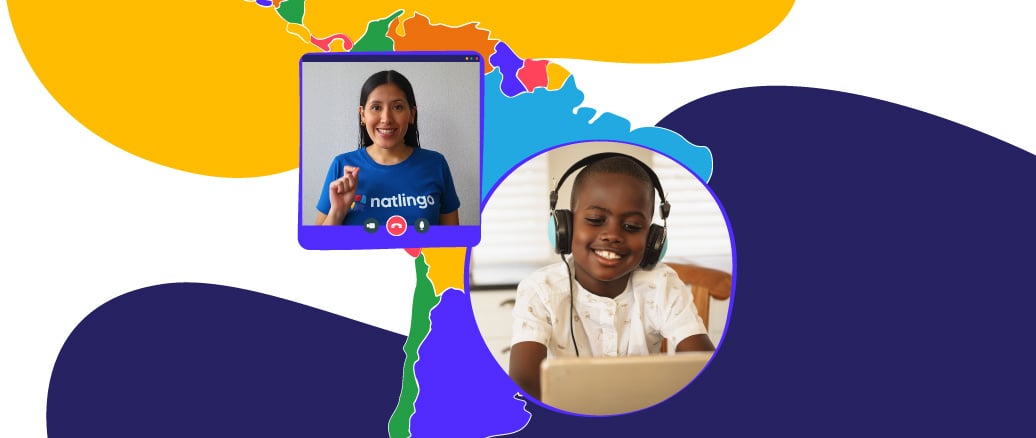Did you know that bilingual kids learning Spanish can face unique reading challenges? A study called "Characterization of English and Spanish Language Proficiency Among Middle School English Learners with Reading Difficulties" looked at how reading difficulties impact bilingual students in the U.S. The research found that some children struggle with reading because their English skills are stronger than their Spanish skills, affecting how they process Spanish words and sentences.
Source: Cambridge Journal
Key Takeaways for Parents:
- Kids may read better in English than in Spanish – If a child mostly speaks English, they may struggle with Spanish phonetics and vocabulary.
- Reading in both languages strengthens skills– Children who read regularly in Spanish and English build stronger reading abilities overall.
- Phonetic differences can cause confusion – Some kids struggle with Spanish sounds that don’t exist in English.
What You Can Do at Home:
- Start with simple Spanish books– Books with repetitive phrases help kids learn common words and sounds.
- Read aloud together – Hearing Spanish out loud helps with pronunciation and comprehension.
- Use audiobooks– Listening to Spanish stories reinforces correct pronunciation and fluency.
- Make reading fun – Use picture books, interactive stories, and Spanish comics to engage kids.
Struggling to find engaging Spanish books for your child? Natlingo’s digital library offers interactive stories that reinforce phonetics and reading skills in a fun way. Become a Natlingo explorer today, and browse through our books in Spanish, play games in Spanish and more!



SUBMIT YOUR COMMENT